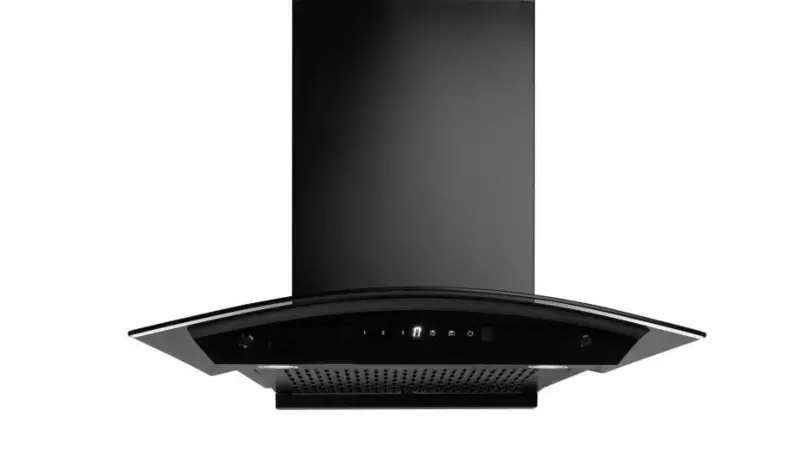
That glorious sizzle of tadka hitting the pan is a hallmark of Indian cooking. But along with the incredible flavours comes smoke, grease, and stubborn food odours. A kitchen chimney is no longer a luxury; it's an essential warrior for your home's air quality. However, the biggest dilemma for most homeowners remains: Should you choose a traditional filter chimney or a modern filterless one?
The Classic Contender: Filter Chimneys
These are the established workhorses of kitchen ventilation. They work by forcing the suctioned air through one or more filters that trap grease and grime.
Types of Filters:
- Baffle Filters: Made from layered, angled aluminium or steel, these filters use centrifugal force to separate grease, which is collected in a tray. They are highly durable, efficient, and the most recommended type for heavy Indian cooking.
- Cassette Filters: Typically made from multiple layers of aluminium mesh, these are affordable but less efficient. They require frequent cleaning or replacement.
- Carbon Filters: These are not for grease but are used in ductless chimneys to tackle odours. They must be replaced every 3-6 months.
Pros of Filter Chimneys:
- Generally more affordable upfront compared to filterless models.
- Excellent at filtering grease, protecting your kitchen walls and cabinets.
- Baffle filters are exceptionally durable and long-lasting.
Cons of Filter Chimneys:
- They demand regular and hands-on cleaning. Greasy filters can be unpleasant to wash.
- Clogged filters reduce suction power significantly.
- Carbon filters for odour removal involve recurring replacement costs.
The Modern Marvel: Filterless Chimneys
As the name suggests, these chimneys eliminate the need for removable filters. Instead, they use advanced technology, primarily an auto-clean function, to manage grease.
How Auto-Clean Works:
- Water-Based (Aqua-Clean): You fill a tank with water. When activated, the system sprays water mixed with detergent onto a hot impeller, creating steam that dissolves grease, which is then collected in a container.
- Heat-Based (Hot-Air): The chimney heats its internal components to a very high temperature, effectively vaporizing accumulated grease, which is then channeled out through the duct pipe.
Pros of Filterless Chimneys:
- The ultimate convenience. No more scrubbing greasy filters.
- Consistent performance as there are no filters to clog.
- More hygienic and hassle-free maintenance.
Cons of Filterless Chimneys:
- Significantly higher initial investment.
- The auto-clean process can be noisy.
- Water-based systems require you to refill the tank and clean the container.
The Verdict: Which One is Your Kitchen's Soulmate?
Your choice ultimately boils down to your cooking style, budget, and how much maintenance you're willing to do.
Choose a Filter Chimney (Baffle Filter) if:
- You are on a budget.
- Your family enjoys traditional, daily Indian cooking that generates a lot of grease and smoke.
- You don't mind the task of cleaning the filters every few weeks.
Choose a Filterless Chimney (Auto-Clean) if:
- Convenience is your top priority and you want a hands-off cleaning experience.
- Your budget allows for a higher upfront cost for long-term ease.
- You want to ensure the chimney's suction power never dips due to clogging.
For most Indian kitchens that see regular, vigorous cooking, a high-suction power chimney with a robust baffle filter offers the best balance of performance and cost. However, if you despise maintenance and are willing to invest, a filterless model is a fantastic, modern solution. Weigh your priorities, and you'll find the perfect culinary companion to keep your kitchen fresh and clean.





